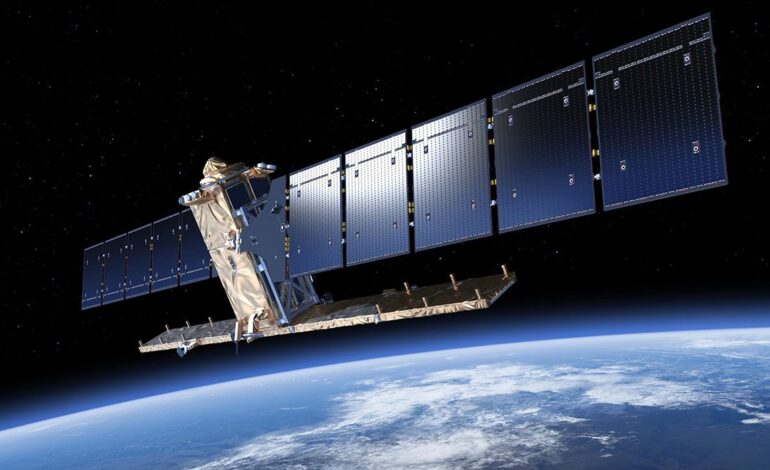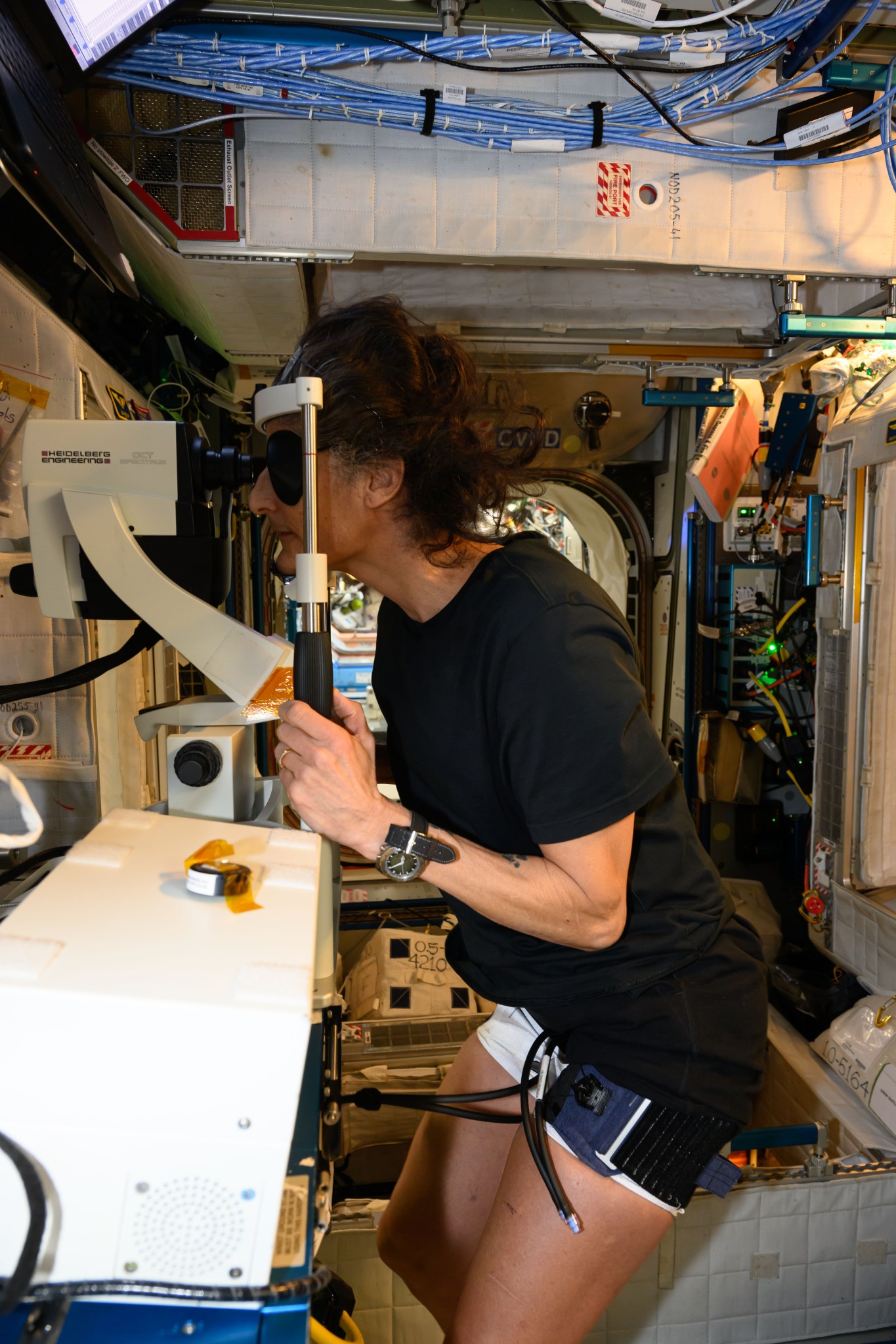AI and Satellites Combat Illegal Fishing in Global Oceans

Recent advancements in artificial intelligence (AI) and satellite technology are proving effective in the fight against illegal fishing in the world’s oceans. A study examining **1,380 Marine-Protected Areas (MPAs)** has revealed that **78.5%** of these regions have experienced no commercial fishing activity, underscoring the potential of modern surveillance methods to safeguard marine biodiversity.
The research, co-authored by **Juan Mayorga**, a scientist at **National Geographic Pristine Seas**, highlights how satellite radar imagery can track fishing vessels that operate “dark,” meaning they turn off their transponders to evade detection. “The ocean is no longer too big to watch,” Mayorga stated. The integration of cutting-edge satellites and AI has made previously invisible illegal fishing activities visible, demonstrating that robust marine protections can indeed be effective.
Fishing practices have severely impacted ocean ecosystems, leading to dwindling fish stocks. In response, over **16,600 MPAs** have been established globally to protect these vital environments. While some MPAs are governed by national laws, others operate under international agreements or the auspices of organizations such as **UNESCO**. These areas vary in their regulations, with some implementing year-round bans on fishing, while others allow restricted fishing during specific seasons or limit activities to local communities.
The findings of this study reveal that **MPAs with strict legal fishing bans are more effective than critics suggest**, according to lead author **Jennifer Raynor**, a professor of natural resource economics at the **University of Wisconsin, Madison**. Despite the potential of the **Automatic Identification System (AIS)** to detect vessels, its reliability is not absolute. Many vessels in regions with poor AIS coverage, such as parts of **Southeast Asia**, often turn off their transponders to engage in illegal fishing.
The research utilized data from satellites developed by the **European Space Agency**, particularly the **Sentinel 1** series, which employs synthetic aperture radar. This technology can swiftly cover vast ocean areas. By applying AI algorithms from the non-profit **Global Fishing Watch**, researchers identified marine vessels larger than **15 meters (49 feet)**, significantly enhancing monitoring capabilities.
The results are promising. Of the MPAs analyzed, **82%** experienced an average of less than **24 hours** of illegal fishing per year. Yet, challenges remain. Certain MPAs, such as the **Chagos Marine Reserve** and the area surrounding the **South Georgia and South Sandwich Islands**, continue to face substantial illegal fishing activity, with each suffering nearly **900 hours** of such activity annually. Alarmingly, the AIS system only detected **10%** of this illegal fishing.
“No single dataset can solve the challenge of monitoring fishing activity at sea; each has its blind spots,” Mayorga remarked. The combination of AIS data with satellite radar imagery and AI offers a clearer understanding of human activities in these crucial marine areas. This is particularly vital for the world’s most protected regions, where enforcement and biodiversity stakes are highest.
The synergistic effect of combining AIS and **Sentinel-1** data can significantly enhance law enforcement’s ability to target vessels operating without transponders within MPAs. Raynor emphasized the importance of this advancement in relation to the **Global Biodiversity Framework’s** ambitious goal to protect **30%** of the oceans by **2030**.
The study, published on **July 24, 2023**, in the journal **Science**, underscores the critical role of MPAs in aiding the regeneration of fish populations, which, in turn, reduces incentives for illegal fishing. This positive outcome is encouraging for marine conservation efforts worldwide.






